Integration of Smart Technologies
The integration of smart technologies into solar energy systems is a notable driver for the Solar PV Inverter Market. Smart inverters, equipped with advanced communication capabilities, allow for better monitoring and management of solar energy production. This technology enables users to optimize their energy consumption and enhances grid stability. Recent market analyses indicate that the adoption of smart inverters is expected to grow by over 25% in the coming years. As consumers increasingly demand intelligent energy solutions, the Solar PV Inverter Market is likely to expand, driven by the need for more sophisticated and responsive inverter technologies.
Government Incentives and Policies
Government incentives and supportive policies are pivotal in driving the Solar PV Inverter Market. Various countries have implemented tax credits, rebates, and feed-in tariffs to encourage solar energy adoption. For instance, recent data indicates that regions with strong policy frameworks have seen solar installations increase by over 30% annually. These incentives not only lower the initial investment costs for consumers but also enhance the overall attractiveness of solar energy systems. Consequently, as more individuals and businesses take advantage of these programs, the demand for solar PV inverters is expected to rise. The Solar PV Inverter Market is thus likely to experience sustained growth as long as these favorable policies remain in place.
Rising Demand for Renewable Energy
The increasing The Solar PV Inverter Industry. Governments and organizations are actively promoting the transition from fossil fuels to cleaner energy alternatives. This shift is evidenced by the substantial growth in solar energy installations, which reached over 200 gigawatts in the last year alone. As more consumers and businesses adopt solar technology, the demand for efficient solar PV inverters rises correspondingly. The Solar PV Inverter Market is thus positioned to benefit from this trend, as inverters play a crucial role in converting solar energy into usable electricity. Furthermore, the commitment to reducing carbon emissions is likely to sustain this demand, indicating a robust future for the market.
Growing Awareness of Energy Independence
The rising awareness of energy independence is emerging as a significant driver for the Solar PV Inverter Market. As energy prices fluctuate and concerns about energy security grow, consumers are increasingly looking for ways to generate their own electricity. This trend is particularly evident in residential markets, where homeowners are investing in solar energy systems to reduce reliance on grid power. The Solar PV Inverter Market stands to gain from this shift, as inverters are essential for enabling self-consumption of solar energy. The potential for energy independence not only appeals to environmentally conscious consumers but also to those seeking financial savings, further propelling market growth.
Technological Innovations in Inverter Design
Technological advancements in inverter design are significantly influencing the Solar PV Inverter Market. Innovations such as microinverters and power optimizers are enhancing the efficiency and performance of solar energy systems. Recent studies suggest that these advanced inverters can improve energy harvest by up to 20% compared to traditional string inverters. As technology continues to evolve, consumers are increasingly seeking out these high-performance solutions, driving demand within the market. The Solar PV Inverter Market is poised to benefit from these innovations, as manufacturers strive to develop more efficient, reliable, and cost-effective inverter solutions to meet consumer expectations.


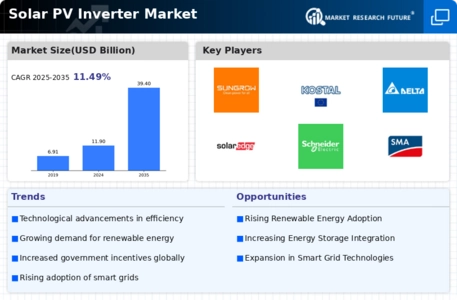
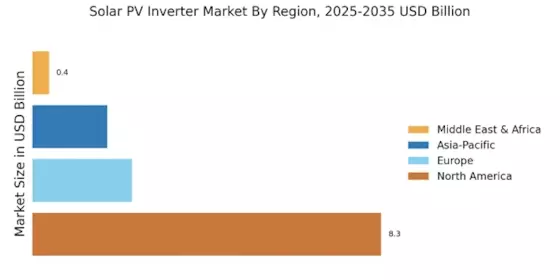

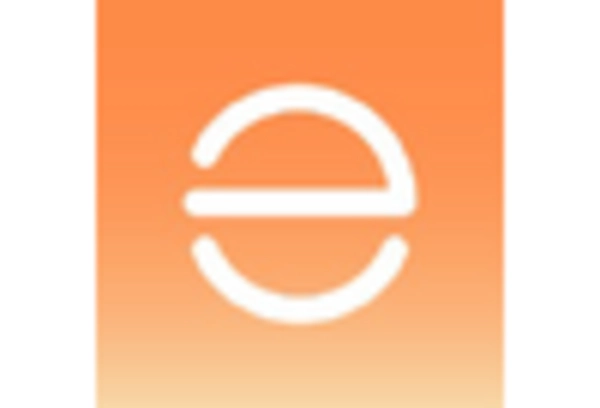
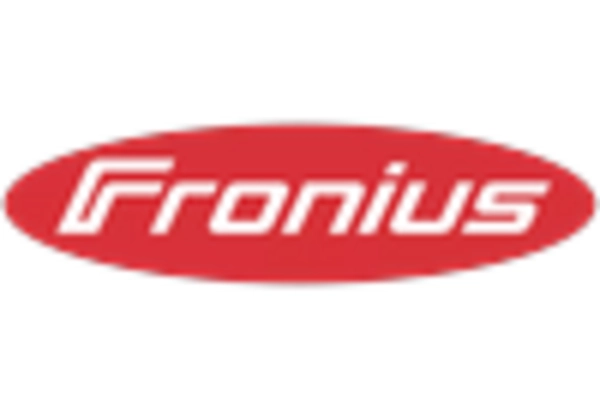
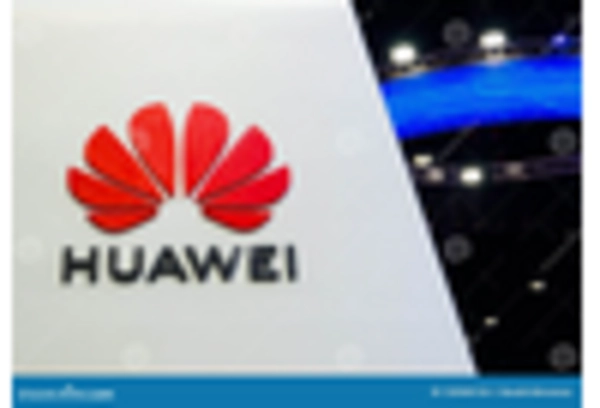

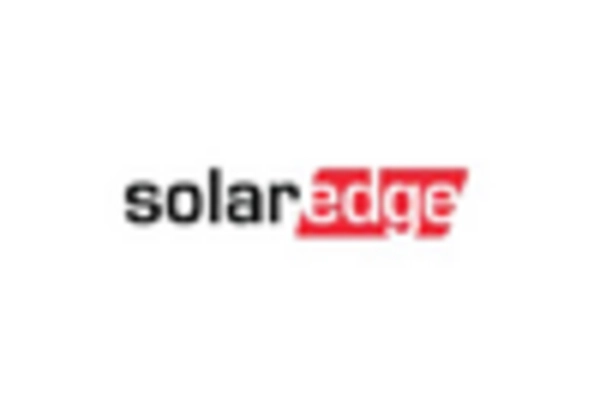








Leave a Comment